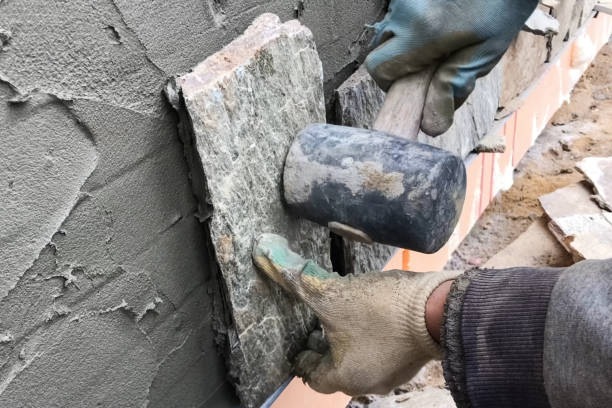Injection insulation is a commonly used technique in the construction industry to insulate buildings and enhance energy efficiency. It entails injecting insulating materials into cavities, voids, or enclosed sections within the structure. This method offers advantages compared to traditional insulation approaches, making it a favored option among architects, contractors, and homeowners. So, if you live in an area that requires you to enhance your home’s ability to retain heating or cooling during different seasons, it is important for you to understand what injection insulation is and make informed decisions. In this article, we will delve into the details of injection insulation and discuss why it has become such an asset in the field.

What is Injection Insulation?
Injection insulation refers to the process of injecting a material, foam, or other suitable substances into confined spaces within a building. These spaces may include wall cavities, attic areas, floor crevices, or any other voids found in the structure.
The Procedure of Injection Insulation
The initial step in injection insulation involves identifying areas for injection. Typically, these spaces are pinpointed using imaging technology or by examining the building’s blueprints. Once identified, precise holes are drilled into the structure at points to enable access to inject the insulation material.
Following this is size adjustment: opting for nail holes allows invasive entry into tight spaces while ensuring optimal coverage and efficiency during installation. After drilling holes in locations on the walls of the building:
1. Placement of Insertion Tubes: The next step involves placing plastic tubes into each hole.
2. Setting up the Blowing Machine: A powerful blowing machine is used to inject foam solutions that are mixed on-site during the assembly process.
3. Injecting Subsequent Materials: Following this, needles with an operation are used to inject mold and mildew-resistant materials as needed. This process helps keep elements at bay and promotes an environment.
This entire procedure is designed to minimize disruptions during construction and ensure functionality without any interruptions, adding considerable value to the project by streamlining operations and reducing potential errors or setbacks.
Injection Insulation Materials
When it comes to injection insulation, various materials can be utilized depending on requirements. Among the most-used options are:
1. Polyurethane Foam: Known for its thermal insulation capabilities, versatility, and longevity, it enhances the installation process by filling up all gaps and spaces
2. Cellulose Fiber: This eco-friendly option is crafted from recycled newspaper or other natural fibers treated with fire retardants, providing insulation performance.
Moreover, organic polymers offer benefits. These cutting-edge treatments may be costly but prove to be highly effective in their applications.
Benefits of Injection Insulation
Opting for injection insulation offers advantages compared to methods:
1. Easy Retrofitting: Injection insulation is a choice for insulating existing structures without the need to remove materials or drastically alter the building’s layout.
2. Enhanced Energy Efficiency: Filling voids and gaps with insulation material improves performance significantly, contributing to a reduction in energy loss and increased comfort levels.
3. Reduced Air Leakage: Injection insulation effectively seals air leaks, preventing drafts and heat loss, thereby helping to maintain an atmosphere. Additionally, this method also reduces noise transmission through walls and floors, promoting a quieter living or working environment.
Conclusion
Injection insulation provides a practical and eco-friendly solution for insulating buildings and optimizing energy consumption. Its capability to fill voids and cracks with disruption during installation makes it ideal for upgrading existing structures.
By selecting the insulation material that meets the needs of each building, individuals can improve energy efficiency, lower heating expenses, reduce environmental impact, and create a more pleasant living or working space overall.
Whether you are a homeowner aiming to enhance your insulation or a construction expert exploring alternatives to techniques, injection insulation is definitely worth considering for its numerous advantages. It is advisable to consult with professionals who have expertise in this area to determine the type of injection insulation that best fits your requirements.



